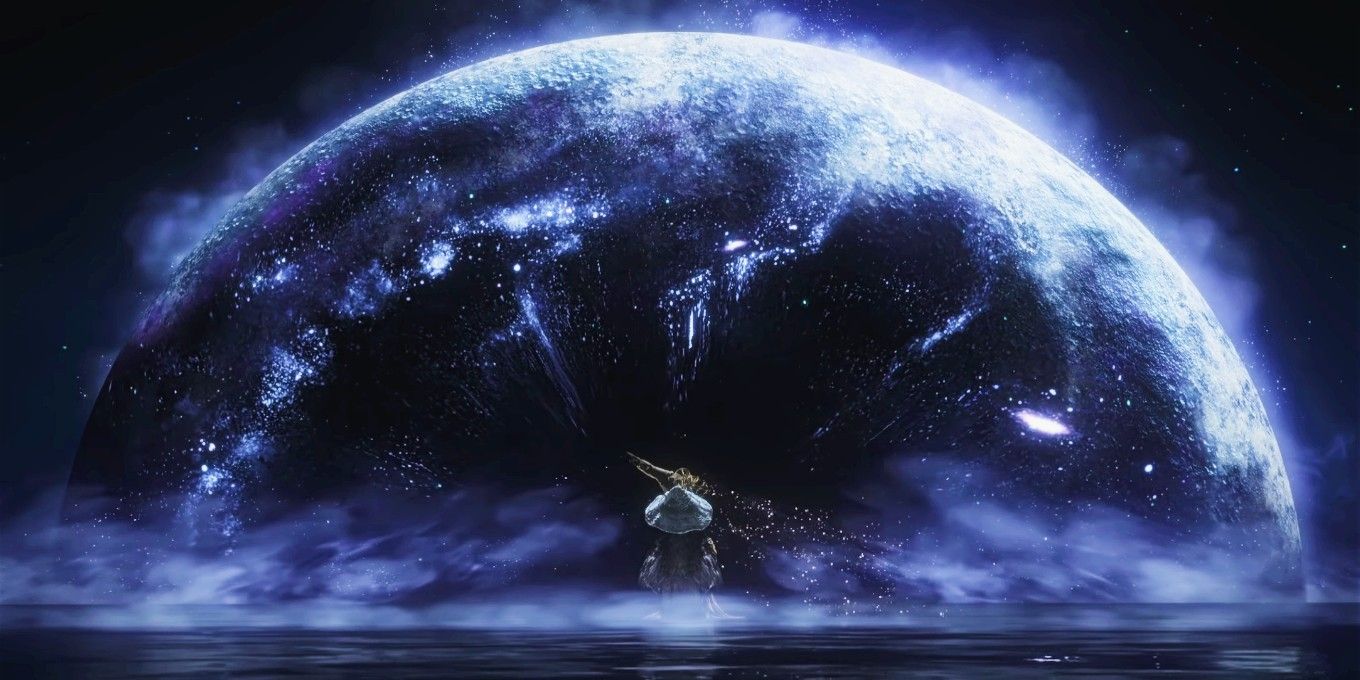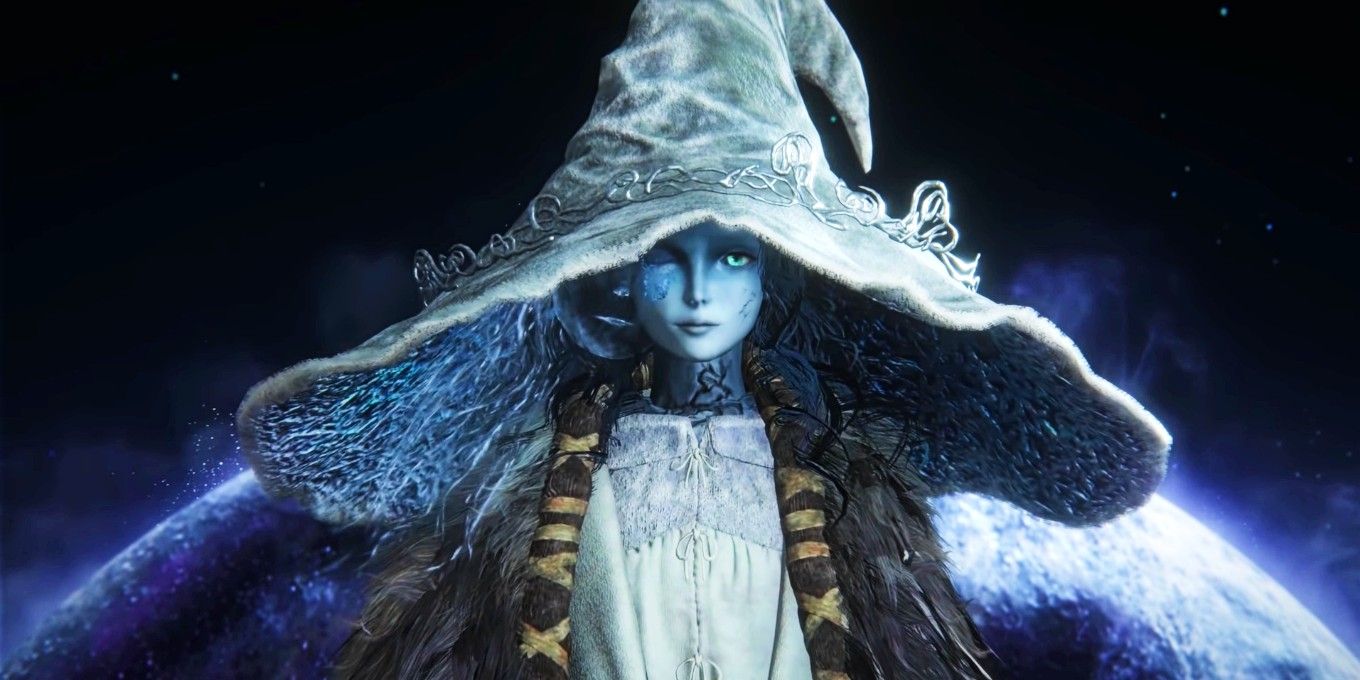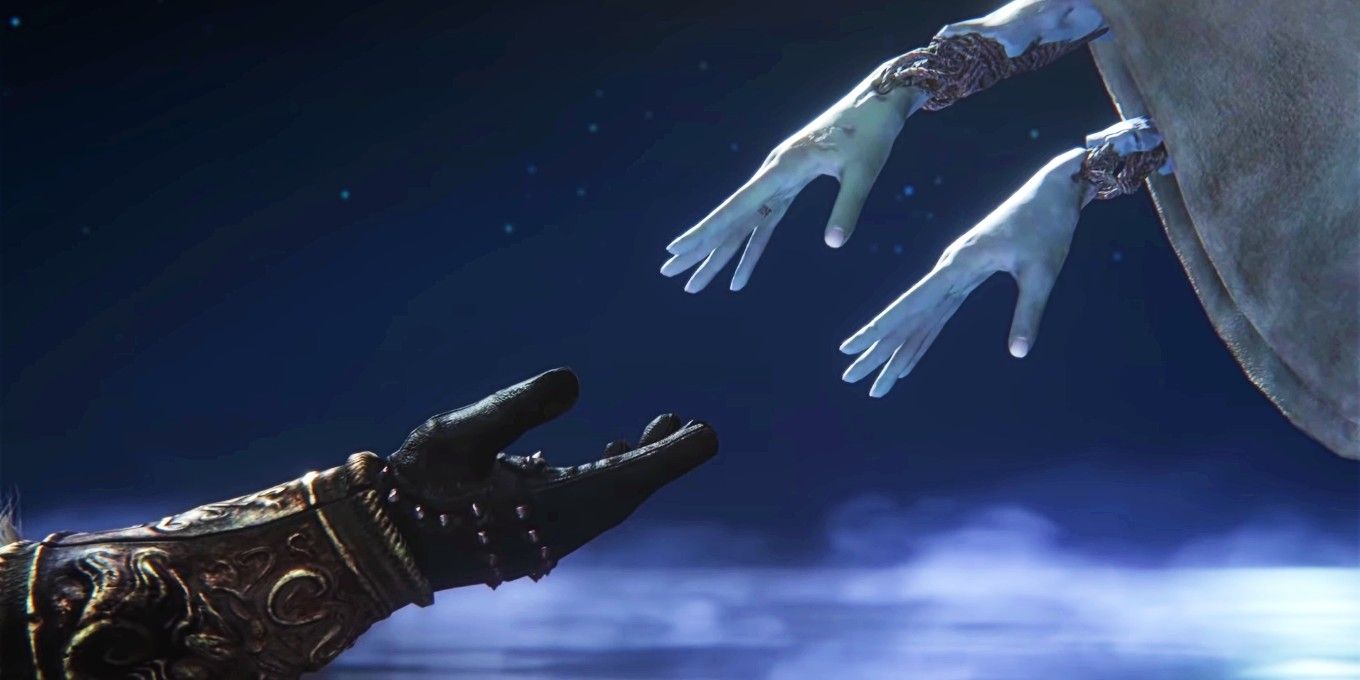Released nearly five months ago, Elden Ring had one of the best critical receptions in the broader history of video games. Many gamers who tested its waters grew fond of FromSoftware’s game design ideas and narrative delivery, which, unsurprisingly, still leave ample room for discussion. Out of six official endings and one cleverly curated fan-made closure that garnered a lot of attention, one arguably offers the best conclusion to the convoluted story of the Lands Between: the Age of Stars ending.
Unlike the remainder of endings, in which the chosen Tarnished proceeds to become a full-fledged Elden Lord by either mending the Ring or inheriting the Frenzied Flame, the Age of Stars introduces a novel concept that ushers in a new age for the inhabitants of the Lands Between. At its core lies Ranni the Witch, who replaces the ubiquitous influence of The Golden Order with a newly established system that aligns with the teachings of the Dark Moon. So what does this power shift entail, and how does it complement the trials and tribulations that lead to Elden Ring‘s grand finale?
As one of the most fleshed-out characters in the game, Ranni gives players plenty of reasons to see her lengthy questline through. She also plants several seeds of doubt that will make the Tarnished question her intentions, especially given the part she played in the Shattering and Godwyn the Golden’s tragic fate. While a good portion of Elden Ring‘s lore is open to interpretation, some of it is seemingly set in stone, prompting players to go with the flow and opt for the devil they know. Ranni, however, shows that an alternate route is not as dark and treacherous as the elusive, all-seeing Outer forces claim it to be.
As an Empyrean preordained to bend the knee to the whims of the Greater Will, Ranni had little choice but to either enact her role or break free from the shackles imposed by an authoritarian Outer God. By choosing the latter, she signed up for a path governed by free will, a detail that can easily escape aspiring Elden lords while they tackle the carefully orchestrated challenges of the Lands Between. After all, five out of six endings have them sit on the throne as a disposable pawn in an endless cycle hellbent on reiterating the same fickle law that gave birth to the tragedy which, incidentally, consolidated their destiny.
While the Tarnished have no means of knowing what their future holds in the sixth ending, they have a solid grasp of where Ranni’s loyalties lie. Despite replacing The Golden Order with The Order of the Dark Moon, the Lunar Princess wishes nothing more but to see the inhabitants of the Lands Between carve their own paths. Free of the overbearing presence that would steer their thoughts, values and beliefs in a direction that opposes their solemn sovereignty, all beings are figuratively (re)born equal in the Age of Stars, Tarnished included. To see this vision through, Ranni has no qualms about departing the earthly plane for a whole millennium alongside her unexpected consort, the new Order and the fractured Ring.
The Age of Stars perfectly captures the disparity between the Greater Will’s autocracy, which elicited fleeting stability, and the untapped potential that entices players with the (r)evolution of the unknown. In fact, one could say that the sixth ending draws inspiration from everyday life. One way to thoroughly break a vicious pattern that perpetually builds on despair and depravity is to sever the ties that bind it together before effectively removing its core. By following that line of thought, for the first time in a great many millennia, the Lands Between can explore uncharted territories void of polarizing influences that exploit and feed on the misery of the less fortunate individuals.
Despite the defining moral and democratic qualities that make the Age of Stars the best Elden Ring ending, FromSoftware leaves a lot of stones unturned, and the ambiguous storytelling techniques doesn’t shed much light on the actual aftermath of Ranni’s choice. Furthermore, there is the question of how well a land as deeply entrenched in the governance of omnipotent proprietors can fare without any perceivable guidance in the physical realm. As luck would have it, these mysteries make the Age of Stars even more intriguing, which only contributes to its status as the most appropriate conclusion to Elden Ring‘s events.



